Material handling is a fundamental component of every industry—from construction and logistics to warehousing and food manufacturing. It refers to the movement, protection, storage, and control of materials throughout manufacturing, warehousing, distribution, consumption, and disposal.
But what are the methods of material handling? How do businesses select the right approach to boost efficiency, reduce damage, and enhance safety?
In this guide, we’ll break down the major types of material handling methods, explore the tools and technologies behind them, and help you make smart decisions based on your operational needs.
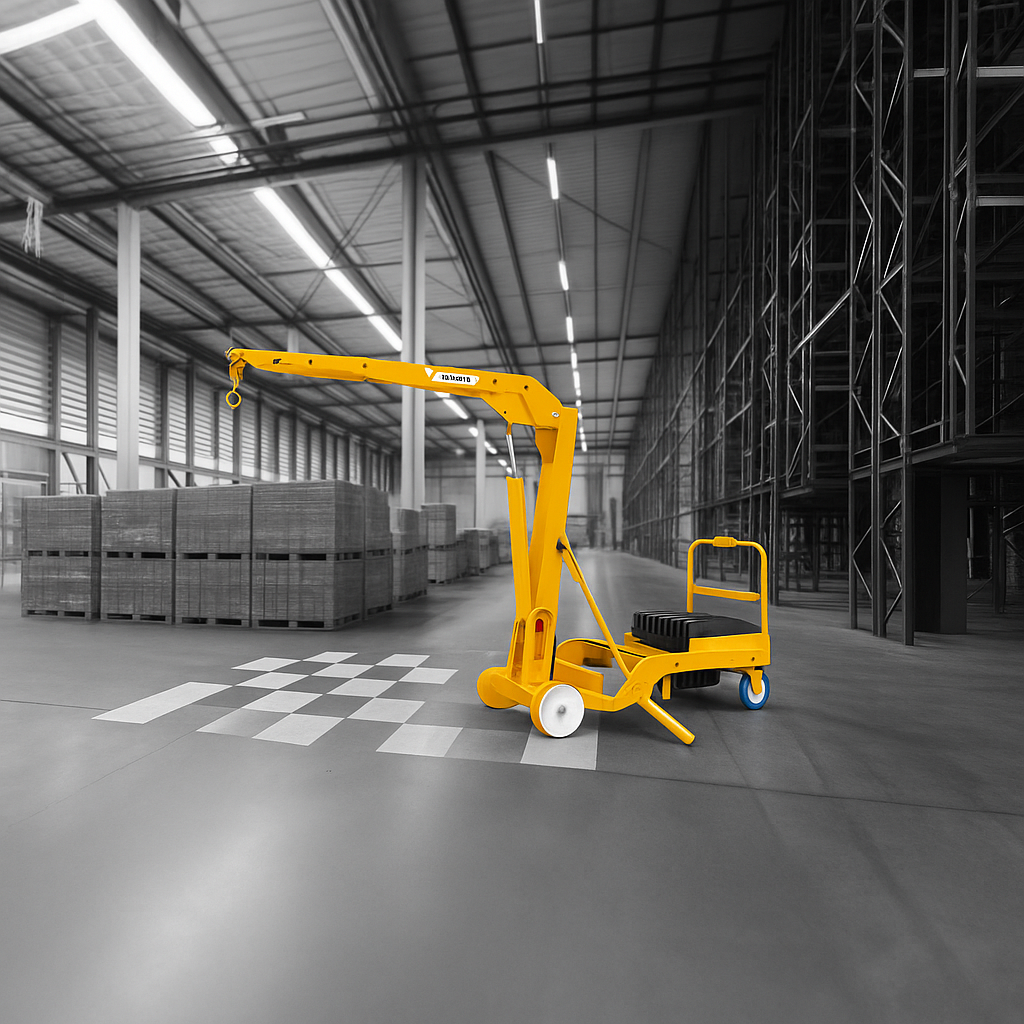
Table of Contents
ToggleWhy Understanding Material Handling Methods Is Important
The right material handling method can:
- Minimize unnecessary movement
- Reduce risk of product damage
- Improve warehouse space utilization
- Lower labor costs
- Increase throughput speed
Choosing between manual material handling tools or automated material handling systems depends on your product type, volume, and budget.
Main Methods of Material Handling
Material handling can be categorized into four primary methods:
1. Manual Material Handling (MMH)
Manual handling is the simplest and most traditional method, involving human effort to lift, move, push, pull, or carry materials. It’s commonly seen in:
- Small warehouses
- Construction sites
- Retail and light manufacturing
Tools that support MMH include:
- Material handling carts and trolleys
- Dollies and hand trucks
- Push-pull tools and lifting slings
Manual handling should follow strict safety tips for manual material handling to prevent injuries.
🔗 Loose Clothing Is Best to Wear When Handling Material?
2. Mechanical Material Handling
This involves machines or equipment to assist or fully replace human effort. Mechanical systems increase capacity and reduce risks, especially for bulky or heavy items.
Examples include:
- Forklifts for material handling
- Cranes and hoists
- Jib cranes
🔗 Aardwolf Jib Cranes - Paver lifters for large outdoor slabs
🔗 Paver Lifter AVPL40
This method is often used in material handling for manufacturing, construction, and warehouses.
3. Automated Material Handling Systems (AMHS)
Automation transforms how materials are handled in high-volume or high-velocity operations. These systems use robotics, sensors, and software to manage:
- Putaway
- Storage
- Retrieval
- Sorting
- Movement between zones
Common equipment includes:
- Automated conveyors for material handling
- Robotic palletizers
- Automated Guided Vehicles (AGVs)
- Storage/retrieval shuttles
🔗 What System Maximizes Space and Minimizes Material Handling by Automating PutAway Processes?
4. Bulk Material Handling Systems
Bulk systems are used for loose, granular, or powdered materials. You’ll find these in industries like agriculture, cement, mining, and food processing.
Bulk handling tools include:
- Bucket elevators
- Pneumatic systems
- Screw conveyors
- Hoppers and silos
They support pharmaceutical material handling systems, material handling in food industry, and heavy-duty material handling solutions.
Choosing the Right Method: Key Factors
1. Material Type
- Fragile items like granite countertops may require vacuum lifters
🔗 granite countertop - Bulk goods require augers or belt conveyors
- Palletized goods can be moved via forklifts or AGVs
2. Volume and Frequency
High-frequency operations benefit more from automated vs manual material handling to improve throughput and reduce labor dependency.
3. Work Environment
- Tight warehouse spaces may benefit from overhead material handling systems
- Construction and outdoor sites may require mobile, rugged equipment
4. Budget and ROI
Small businesses may choose low-cost material handling solutions such as refurbished lifts or used material handling equipment for sale.
Equipment That Supports All Methods
Some essential tools that enhance various methods include:
- 🔹 Aardwolf Slab Lifters for stone applications
Aardwolf Slab Lifters - 🔹 Vacuum Lifters for safe lifting of polished surfaces
Vacuum Lifters - 🔹 Lifting clamps for irregular shapes or vertical lifting
🔗 Lifting Clamps
These tools are found across industries such as material handling in logistics, material handling in construction, and material handling for warehouses.
Benefits of Using the Right Material Handling Method
When you align your tools and workflows with the best-suited method:
- 🟢 Efficiency increases through reduced handling time
- 🟢 Costs go down via fewer touches and optimized routes
- 🟢 Safety improves through equipment and ergonomic tools
- 🟢 Storage is optimized, especially when using automated or overhead systems
🔗 How Does Material Handling Impact the Human Labor Force?
Safety Considerations Across All Methods
- Implement material handling training programs
- Adhere to material handling safety standards
- Perform regular inspections of material handling equipment
Whether you’re using manual carts, forklifts, or automated systems, safety must remain a top priority.
Final Thoughts: Integrating Methods for Optimal Handling
So, what are the methods of material handling? The four primary ones—manual, mechanical, automated, and bulk—can be used independently or combined for optimal results. Each method has specific use cases based on materials, environment, and budget.
When deciding how to choose the right material handling system, always assess your:
- Material type
- Volume and frequency
- Space limitations
- Labor capabilities
- Growth projections
For a holistic solution, consult with trusted material handling system suppliers or material handling equipment manufacturers.

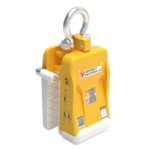
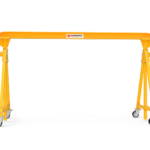
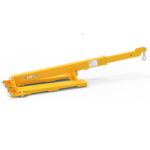
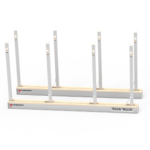
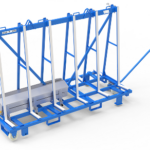
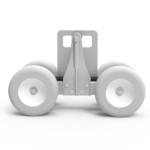
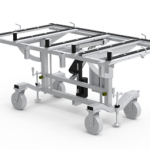
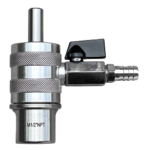
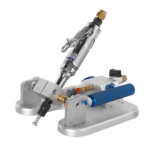
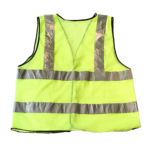

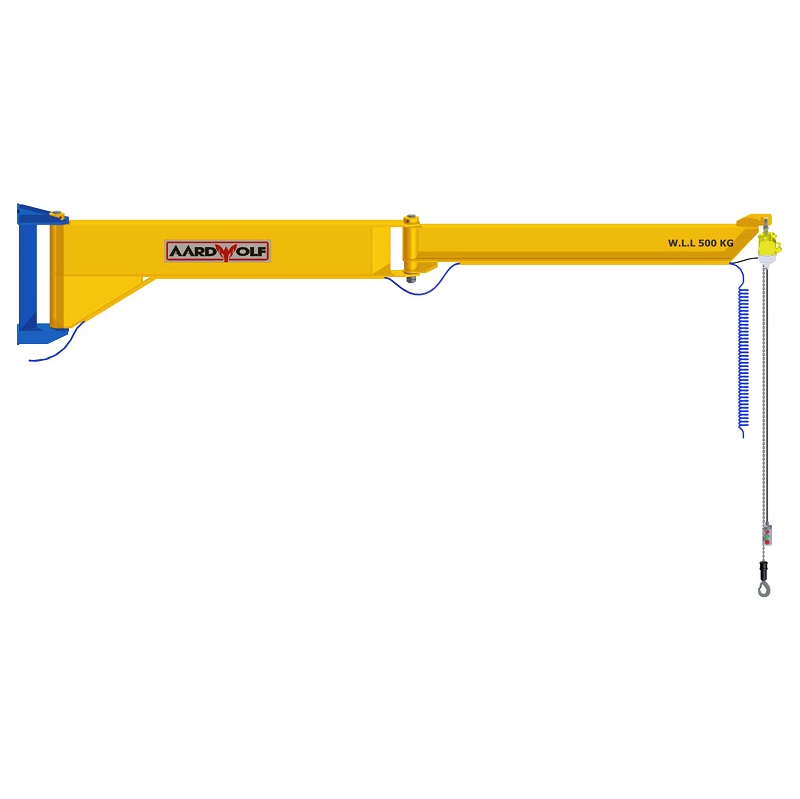
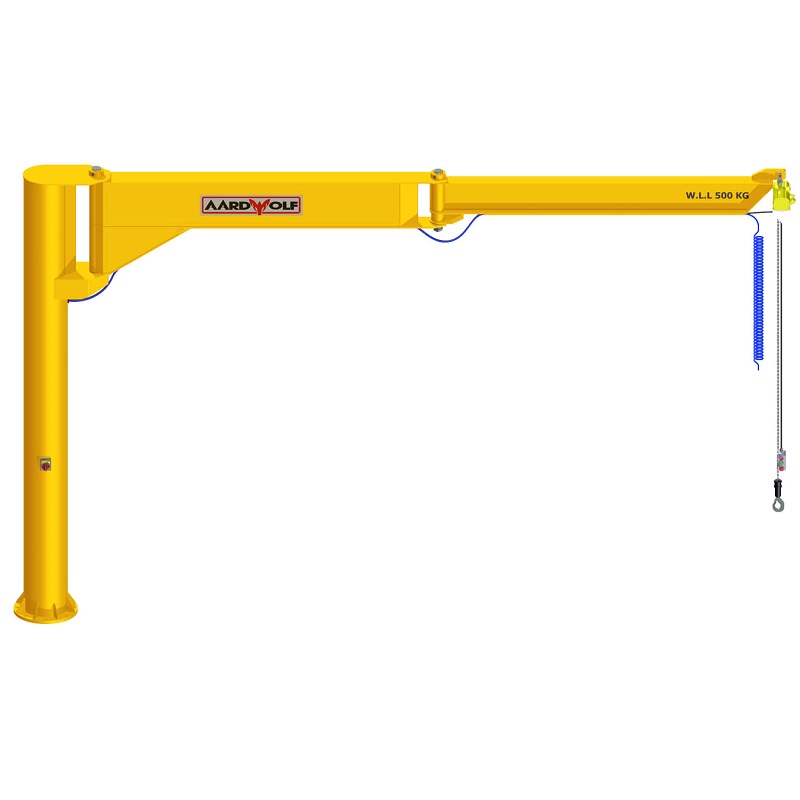
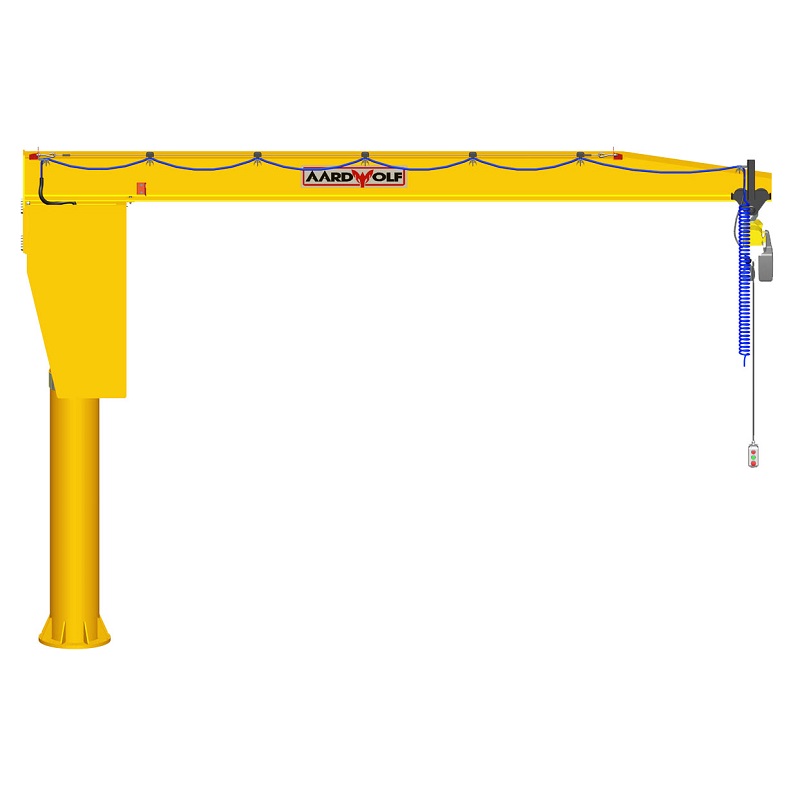
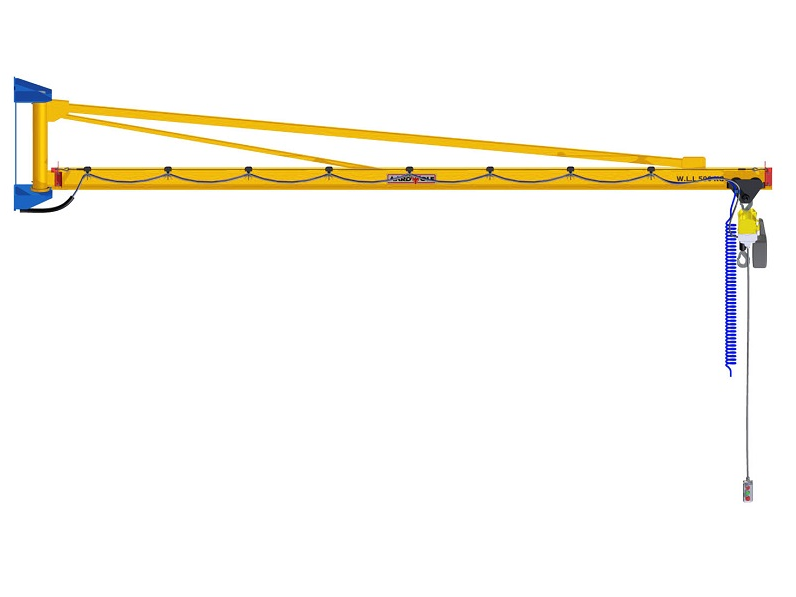

Please log in to leave a comment.